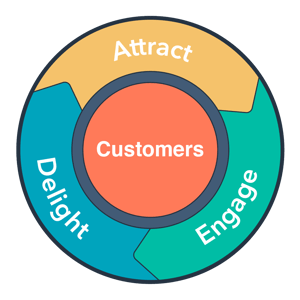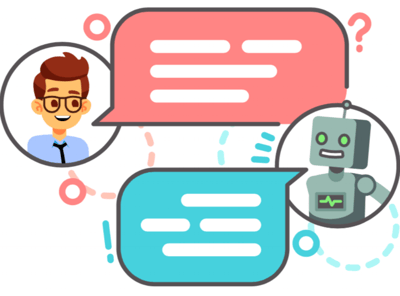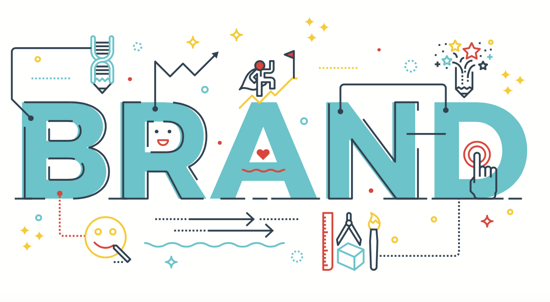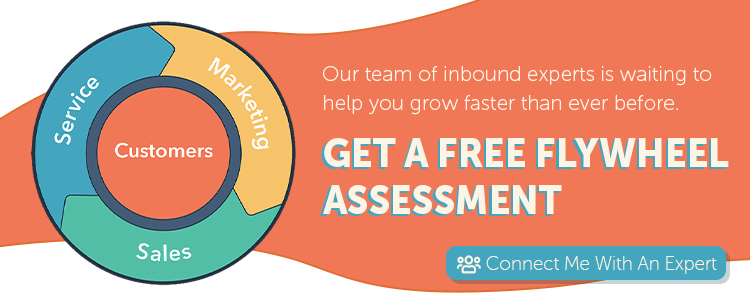Customer service is often thought of as reactive: People call you with problems and you respond, providing the individualized care they need to move on with their day.
You can anticipate the kinds of questions people might have at any given time, but not even Genie from Aladdin could tell you who’s going to call in with what problem when.
While responding to problems on the fly is a big part of any customer service rep’s day, we all know that a reactive mode doesn’t produce true optimum results in business or in life. When you are reacting, you are letting others dictate the circumstances of your reality.
That makes it difficult to improve – and difficult to maintain those improvements over time.
What if you could take a more proactive approach to customer service while still reaping all the benefits from the conventional reactive model? Inbound customer service equips you to do it.
The basics of inbound customer service are surprisingly simple:
- Provide fast support to your customers across multiple channels of their choice.
- Consistently collect the customer feedback you need to improve the experience.
- Support customers in their long-term success, not just their questions for today.
The Flywheel Framework is Key to Understanding Why Inbound is Better

Inbound customer service is pioneered by HubSpot, the experts who brought the world best practices in inbound digital marketing. Among HubSpot’s talents is an uncanny ability to craft systems that others can apply intuitively to business.
The flywheel framework is the inbound customer service framework.
It contains three important steps that you’ll carry out with all of your customers:
Attract

Attract prospective customers to your business with valuable web resources and compelling testimonials from current customers. You can integrate this into your customer service mission by building a robust knowledge base along with educational videos and blog posts.
Here’s how:
- Passionately seek areas where customers get “lost,” then author resources to guide them.
- Rigorously develop training materials for the whole content cycle of text, video, audio.
- Make knowledge base articles accessible and intuitive via AI chat and other methods.
Engage

Self-service resources will help many customers, but some will require a personal touch. For these, quickly triage and respond to incoming tickets. Resolve issues quickly and effectively, in part by giving customers a selection of channels they can choose to reach you.
Here’s how:
- Utilize a best in class help desk management system with a clear, consistent workflow.
- Define metrics that feed into customer care excellence and energetically monitor them.
- Tie channels into a customer service dashboard so no customer query can be overlooked.
Delight

Activate your customers as loyal brand advocates. Responding to a customer service query in a way that dazzles your customers often produces win-win outcomes that wouldn’t have come about otherwise. This leads to positive reviews, referrals, and helpful feedback.
Here’s how:
- Ensure you regularly issue customer service surveys to capture areas for improvement.
- Synthesize all your customer interactions into a clear overall view using a CRM suite.
- Proactively follow up to verify customers are delighted and have no further concerns.
In HubSpot lingo, we make a distinction between this model of customer interaction – which we call customer service – versus that old-fashioned reactive model, customer support. Customer support reacts to customers’ needs in the moment; as a result, it remains transactional.
With true customer service, however, you’re set free to go above and beyond:
- In customer support, a customer tells you: “I need something from you.”
- In customer service, you tell the customer: “I have something for you.”
What happens when both these approaches are in place and doing their work effectively? Then you clear the way for an even higher level of customer engagement and satisfaction.
That higher level is called customer success. It calls on you to initiate activities and generate new value by anticipating where your customers’ future needs might lie. This requires you to know your customers well, having visibility into their interactions with you in the past.
Many different activities can fall under the heading of customer success:
- Upselling or cross-selling so customers get the most from products synergistically.
- Directing customers to the exact training resources, events, or mentors they need.
- Delivering feedback channels for happy customers to volunteer their testimonials.
Customer success is at the apex since it requires you to shift seamlessly between reactive support and active guidance of your customers at any time. Before you can get into a true customer success mindset, you first need to fully understand and embrace the flywheel framework.
The flywheel framework represents the next evolution in customer experience. It takes key ideas from inbound and translates them into a powerful new context. This allows for exceptional teamwork and continuous process improvement in a vital area of your business.
Remember: Your brand is how your customers see it.

The ability to provide the care customers need when they need it is absolutely essential to their perception of who and what you really are. The inbound philosophy recognizes that the customer experience is continuous, always unfolding over the entire lifecycle. The flywheel framework aligns customer experience assets with that expectation so you can build policies and procedures.
Inbound customer service represents an exciting opportunity. It’s a new horizon, a way to fully transform the way you relate to your customers so your enterprise gives more to them than ever. In time, that can make you a trusted partner – one recognized as essential to their operations.
It all starts with examining your organization in light of the flywheel framework:
- Do you have the people and leaders needed to take a forward approach to customer care?
- Are there processes and accountabilities for creating knowledge resources for customers?
- Do personnel who drive the customer experience know and communicate your full value?
Start with these questions and you’re on your way to an inbound customer service organization you can be proud of. Stay on that path and before you know it, customers will celebrate the difference.


Rob Steffens
I am the Director of Marketing here at Bluleadz. I'm a huge baseball fan (Go Yankees!). I love spending time with friends and getting some exercise on the Racquetball court.